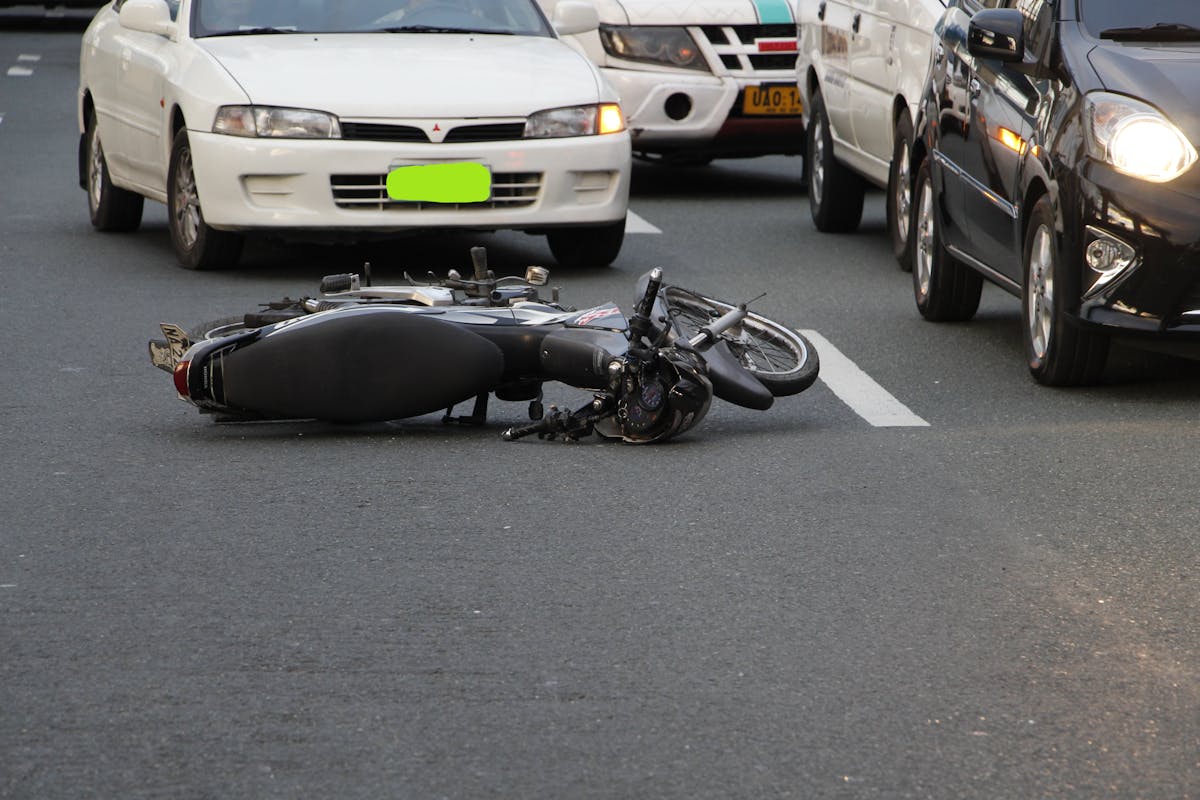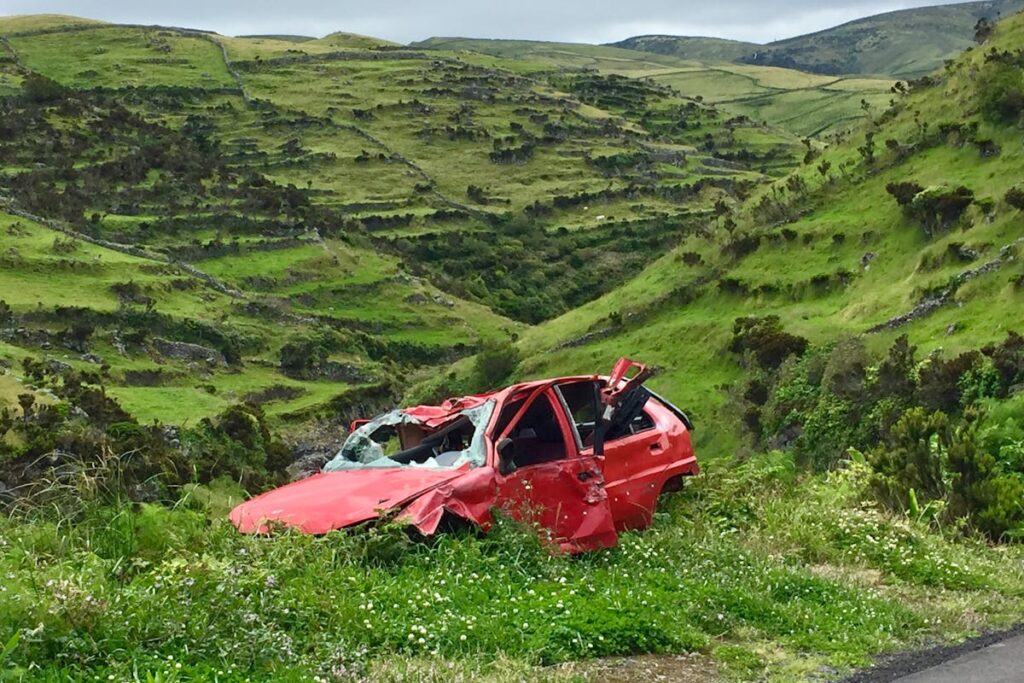The intricate interplay between car accidents and legal frameworks is an area of pressing concern, as traffic incidents continue to shape and refine our laws and regulations. These changes have not only led to stricter enforcement of traffic rules but have also catalyzed technological advancements in road safety. This discussion will explore how accident statistics have informed legislation, the impact on vehicle safety standards, and the consequent implications for public safety. As we navigate this critical topic, the question arises – how will the future of traffic and safety regulations evolve in response to the changing landscape of road incidents?
Historical Perspective on Traffic Laws
Historically, traffic laws have evolved considerably in response to the challenges posed by car accidents. To fully grasp the weight of these changes, one must explore the historical context. The advent of automobiles in the late 19th century brought about a new set of challenges for lawmakers. As the number of cars on the road increased, so did the number of car accidents, necessitating the establishment of traffic laws.
The early 20th century marked significant legal milestones. In 1903, New York became the first state to require vehicle registration. 1910 saw the introduction of the first traffic signals in Chicago. These early regulations were a response to the growing chaos on the roads.
Changing Road Safety Regulations
The evolution of traffic laws has been considerably influenced by the incidence and nature of car accidents, reflecting a dynamic approach to road safety regulations. Accident statistics have played a pivotal role in this process, providing empirical evidence to guide adjustments in policy. Additionally, enhanced vehicle safety standards, stemming from technological advancements and heightened awareness, have also contributed to the modification of these ordinances.
Evolution of Traffic Laws
Evolution in traffic laws embodies a direct response to the increasing frequency and severity of car accidents. Governmental bodies worldwide recognize that traffic enforcement has a significant role to play in mitigating these hazardous incidents. This recognition has led to the gradual evolution of traffic laws, tightening restrictions and penalties to discourage reckless driving behaviors.
An area that has seen significant changes is pedestrian rights. The early 20th century saw few protections for pedestrians, but as motor vehicle usage increased, so too did the necessity for pedestrian safeguards. Consequently, legislation has evolved to prioritize pedestrian safety, with laws mandating the provision of sidewalks, zebra crossings, and pedestrian-only zones.
Furthermore, the introduction of stricter speed limit regulations in urban and residential areas has aimed to reduce the risk of high-speed collisions. Drunk driving laws have also evolved, with the implementation of severe penalties for offenders to deter such perilous conduct.
Influence of Accident Statistics
Accident statistics have a compelling impact on the amendment and creation of road safety regulations. These figures serve as a mirror, reflecting the current state of road safety, and highlighting areas of concern.
A detailed statistical analysis of accident trends provides lawmakers with essential data. This data is used to identify patterns and causes of accidents, such as dangerous intersections, speeding, and distracted driving. For instance, if a particular road section records a high frequency of collisions, it may point to a need for better signage, stricter speed limits, or an overhaul of the road’s design.
Moreover, accident statistics can reveal demographic trends. If a certain age group is found to be more involved in accidents, regulations might be adjusted to necessitate additional driver’s training or stricter licensing tests for that group.
In the quest for improved road safety, statistical analysis also aids in evaluating the effectiveness of existing regulations. Periodic reviews are conducted to understand if a law is achieving its safety goals or needs revision.
Improved Vehicle Safety Standards
Progress in technology and advancements in knowledge have considerably influenced vehicle safety standards, hence changing road safety regulations. Essential to these developments are rigorous crash tests, which provide a thorough risk assessment of automobile design. The results of these tests drive design innovations focused on increasing safety features and improving safety technology within vehicles.
Regulatory compliance plays a pivotal role in propelling these changes. Automakers are obliged to meet stringent safety standards, leading to the creation of safer vehicles. This compliance is driven not only by legislation but also by consumer awareness. As more consumers become knowledgeable about car safety, they demand vehicles equipped with advanced safety features. This demand pushes automakers to exceed regulatory compliance, integrating state-of-the-art safety technologies into their designs.
Legislative advocacy also plays a significant role in this process. Advocacy groups push for stricter laws and regulations, ensuring that safety standards continue to evolve in response to new technologies and knowledge.
Impact of DUI Cases on Legal Policies
In recent years, the alarming rise in DUI (Driving Under the Influence) cases has greatly impacted legal policies nationwide. A surge in DUI incidences has propelled lawmakers to reevaluate and reinforce DUI enforcement strategies. The objective is to guarantee public safety, but also to provide a fair and just system to those convicted.
Sentencing guidelines have been revised in several states, now mandating stricter penalties for repeat offenders. The revisions aim to deter individuals from reoffending and convey the seriousness of drunk driving. However, punitive measures alone are insufficient in addressing the root causes of DUI offenses. Consequently, the law has incorporated rehabilitation programs as part of the sentencing structure for DUI offenses. These programs focus on treating alcohol addiction, enhancing responsible behaviors, and ultimately reducing the likelihood of reoffending.
In addition, public awareness campaigns have been propelled to the forefront of DUI prevention strategies. These initiatives are designed to educate the public about the dangers and legal repercussions of drunk driving. They also highlight the importance of responsible drinking and the potential life-altering consequences of a DUI conviction. Accordingly, the rise in DUI cases has remarkably shaped legal policies, reflecting a balance between enforcement, rehabilitation, and public education.

Technology’s Role in Traffic Laws
Emerging technological advancements have begun to play a critical role in reshaping traffic laws and regulations. Autonomous vehicles, for example, have necessitated an overhaul of traditional traffic norms. The potential for these vehicles to operate without human intervention has given rise to new legal considerations, such as liability in the event of a collision.
Traffic enforcement has also been notably impacted by technology. Advanced surveillance systems and automated ticketing have streamlined the process of monitoring and penalizing traffic violations. This not only enhances efficiency but also reduces the scope for human error and bias.
Smart infrastructure, including intelligent traffic management systems and connected roadways, has been instrumental in facilitating smooth traffic flow and reducing congestion. It has also led to more effective enforcement of traffic laws and the development of preventative measures to reduce accidents.
Additionally, driver assistance technologies have transformed the driving experience. Features like lane departure warning, automatic emergency braking, and adaptive cruise control have made driving safer. However, they also pose regulatory challenges, as laws must now define the boundaries of responsibility between human drivers and their increasingly autonomous vehicles. In this evolving landscape, the role of technology in traffic laws is only set to grow.
Evolution of Seatbelt Laws
Over the past few decades, seatbelt laws have undergone significant transformations. Initially, these laws were not strictly enforced and public awareness about their importance was low. However, as the correlation between seatbelt usage and reduced fatalities in car accidents became evident, governments worldwide began to implement stricter seatbelt enforcement policies.
One of the most significant changes in seatbelt laws has been the shift from secondary to primary enforcement. Secondary enforcement allowed law enforcement officers to issue seatbelt violations only if the driver was stopped for another traffic offense. However, primary enforcement laws permit officers to stop and ticket motorists solely for seatbelt violations, leading to a significant increase in compliance rates.
Simultaneously, there has been a heightened focus on public awareness campaigns promoting seatbelt usage. These campaigns use various strategies, including shock tactics and emotional appeals, to communicate the potential consequences of not wearing a seatbelt. The combination of stringent enforcement and public education has proven effective, resulting in increased seatbelt usage and a consequent reduction in motor vehicle-related injuries and deaths. Hence, the evolution of seatbelt laws reflects a proactive approach towards ensuring road safety.
Car Accidents and Insurance Regulations
Car accidents greatly influence insurance regulations, specifically in regards to the claim process and coverage policies. The complexity and frequency of car accidents necessitate frequent adjustments to these policies, ensuring they remain fair, extensive, and effective. A thorough examination of these changes provides insight into the evolving relationship between car accidents and insurance regulations.
Claim Process Changes
In the labyrinth of legalities and policies surrounding car accidents, one significant alteration has been in the claim process. The complexities of car accidents, ranging from determining liability to evaluating damages, have necessitated changes in the way claims are processed.
These claim process changes have been driven by a desire to streamline procedures and guarantee fair compensation. For instance, many insurance companies have shifted towards digital claim handling, speeding up the process and reducing potential for errors. Also, legal representation has become increasingly important, as maneuvering through the claim process often requires specialized knowledge of both legal and insurance matters.
Moreover, the role of legal representation has evolved. Lawyers are no longer merely advocates; they act as intermediaries and advisors, helping claimants understand and navigate the intricacies of the claim process. The advent of no-fault insurance laws has also influenced the claim process, emphasizing swift compensation over lengthy litigation.
These alterations are indicative of a broader trend in car accident laws and regulations. By focusing on enhancing the claim process, the legal system seeks to address the challenges posed by car accidents more effectively and equitably.
Adjusted Coverage Policies
Shaped by the ever-changing landscape of car accident cases, insurance coverage policies have undergone substantial adjustments. These modifications are largely reactive, responding to shifts in accident statistics, legislative changes, and societal attitudes towards driving safety.
One such adjustment is reflected in the calculation of premiums. Insurance firms have become increasingly dynamic, adjusting premiums based on a driver’s accident history, vehicle type, and even driving habits. This individualized approach is designed to distribute risk more equitably among policyholders, thereby avoiding a blanket increase in rates that might unfairly penalize safe drivers.
Liability limits, the maximum amount an insurer will pay for a claim, have also been subject to revision. Rising medical costs and car repair prices have compelled insurers to offer higher liability limits. However, this has also resulted in increased premiums. It is a delicate balancing act for insurance companies, as they aim to provide sufficient coverage without making policies prohibitively expensive.
These adjusted coverage policies, born out of necessity, underscore the intimate relationship between car accidents and insurance regulations. They exemplify how insurers continually adapt to guarantee the sustainability of their business model while providing essential financial protection to drivers.
Role of Laws in Accident Prevention
Through effective legislation, a notable reduction in car accidents can be achieved. Laws provide much-needed legal frameworks that mandate preventive measures, ensuring public safety and accident deterrence. These laws often involve extensive risk assessment to identify key areas of intervention, such as driver education and policy enforcement.
Driver education is a vital preventive measure, integrated into legal frameworks to bolster community awareness. Laws often mandate driver education programs addressing not only technical driving skills but also highlighting the importance of defensive driving and the consequences of reckless behavior. This approach helps in creating a safer driving environment, instilling responsible behaviors among drivers.
Policy enforcement is another essential aspect. Strict implementation of laws is a proven accident deterrent. For instance, stringent consequences for driving under the influence or for speeding greatly reduce such incidents. Simultaneously, legal frameworks also allow for the continuous revamping of existing regulations based on emerging needs and trends.
Future Predictions for Traffic Regulations
Predictive modeling suggests a future where traffic regulations will be largely influenced by technological advancements and data-driven strategies. Anticipated developments in automated enforcement hint at a paradigm shift in how traffic laws are enforced. Rather than relying on human oversight, we can envisage a future where machine learning algorithms and artificial intelligence play a key role in monitoring traffic violations, ensuring compliance, and ultimately, enhancing road safety.
The advent of interconnected vehicles and smart city infrastructure will augment this shift, facilitating real-time data collection and processing. This will not only enable authorities to respond immediately to violations, but also to predict and manage potential traffic incidents proactively.
Pedestrian safety, a critical aspect of traffic regulations, is set to benefit greatly from these changes. Advanced pedestrian detection systems, part of future vehicle design, promise to considerably reduce pedestrian accidents. Additionally, smart crosswalks and predictive analytics could warn drivers of potential pedestrian crossings in advance, further bolstering safety measures.
Frequently Asked Questions
What Are the Psychological Effects of Being Involved in a Car Accident?
Car accidents often trigger trauma responses, leading to anxiety disorders. Emotional recovery relies on support systems and coping strategies. Understanding these long-term effects is essential for developing effective psychological interventions for car accident victims.
How Can Pedestrians Protect Themselves From Car Accidents?
Pedestrians can protect themselves from car accidents by enhancing their pedestrian awareness and adhering to safety measures. This includes using crosswalks, obeying traffic signals, and staying vigilant of their surroundings, especially in high-traffic areas.
How Does Weather Impact the Risk of Car Accidents?
Weather conditions greatly influence accident frequency. Adverse conditions, such as rain, fog, or snow, can reduce visibility and road traction, leading to an increased likelihood of car accidents due to impaired driving conditions.
What Is the Influence of Car Accidents on the Price of Vehicles?
Car accidents greatly influence vehicle prices through depreciation and higher insurance premiums. Accidents cause physical damage, decreasing vehicle value, while the increased risk leads to higher insurance costs, thereby raising the overall expense of ownership.
Are There Specific Laws for Electric or Self-Driving Vehicles Concerning Accidents?
Yes, specific regulations exist for electric and self-driving vehicles related to accidents. These laws primarily focus on self-driving liability and the unique safety features and considerations of electric vehicle technology.

